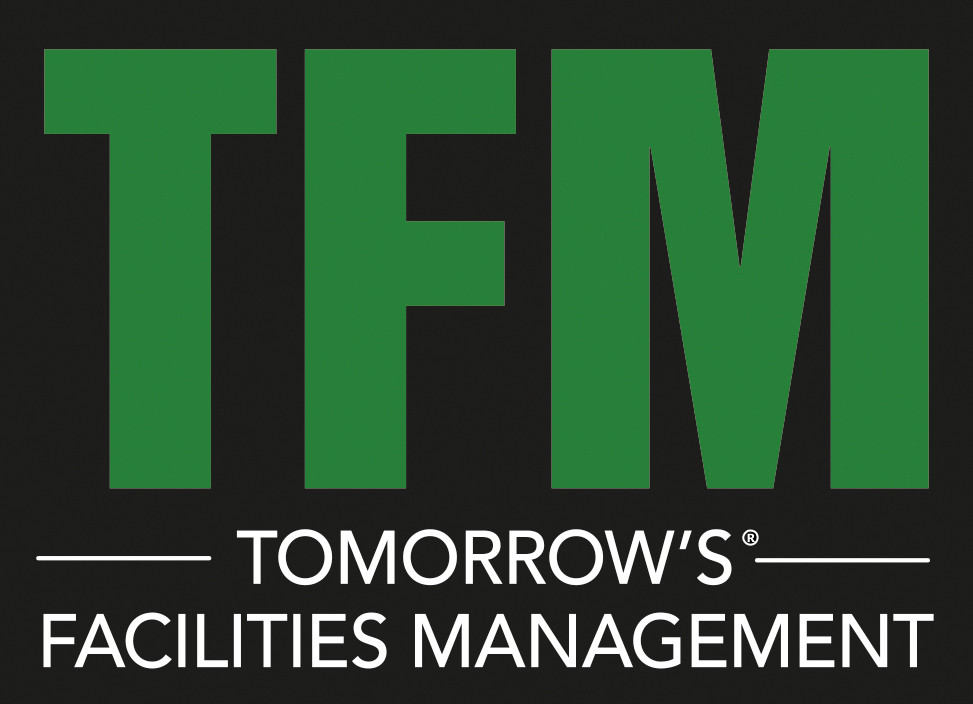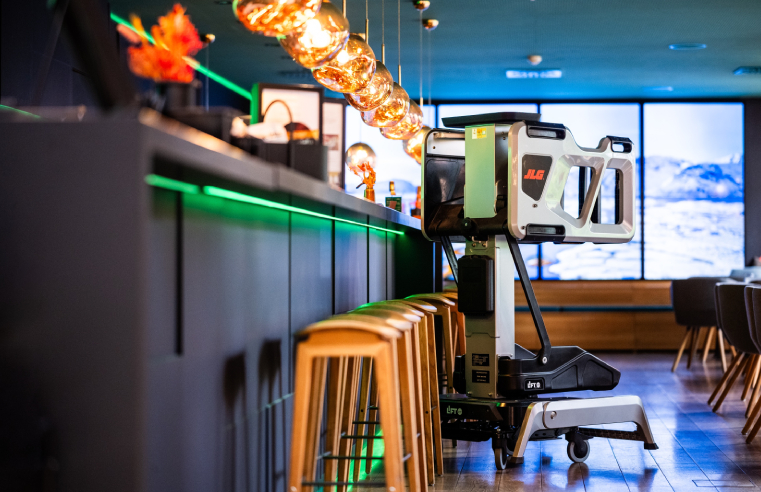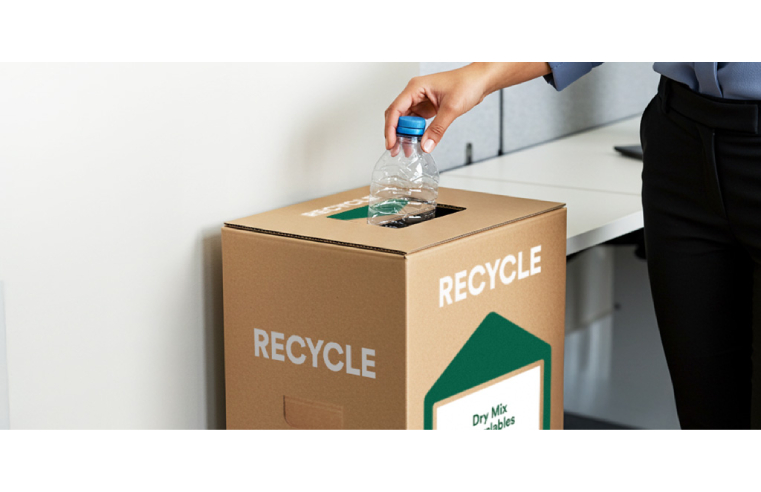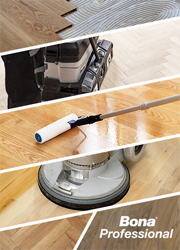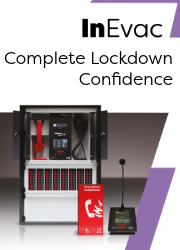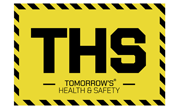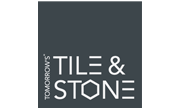Prioritising planned maintenance schedules to ensure fire safety inspections are regularly carried out is imperative, explains MSL Property Care Services, as they offer four of the most common safety measures required to be in place to ensure safety.
As many staff around the UK are returning to the office either full or part time as part of the hybrid working scheme, the need for fire safety checks to be carried out is paramount. Regular inspections can help to ensure the protection of facility users, along with protecting the building and business itself.
According to the Regulatory Reform (Fire Safety) Order 2005, which was introduced to keep premises protected against fire, every facility should have a ‘responsible person’ who is appointed to undertake fire precautions.
This responsibility lies under anyone who has control of the premises, inclusive of facility managers, landlords or owners. It’s important that the role is delegated effectively, and should more than one person be involved, they must coherently work together to ensure responsibilities are met.
FM companies, such as MSL Property Care Services, encourage prioritising planned maintenance schedules to ensure fire safety inspections are regularly carried out. This will help ensure that all equipment and facility areas are compliant within relevant legislations.
Here are just some of the fire safety measures required to be in place to ensure safety.
Carry out regular risk assessments
Risk assessments are the first step to ensuring an office is both safe and compliant. To carry out a fully comprehensive risk assessment you must identify any fire hazards and any people who may be at risk. You must then act on these findings by assessing, minimising, or removing any identified risks. Findings must then be recorded, and the risk assessment updated.
The persons(s) responsible should carry out a risk assessment of: emergency exits and escape routes; emergency fire evacuation plan; firefighting equipment, such as fire extinguishers and fire blankets; removal and storage of dangerous substances.
Inform staff of identified risks
Once the risk assessment is complete, it’s crucial that staff and other regular facility users are informed of any risks or hazards that have been identified and that any risks such as dangerous substances and passage obstructions are immediately removed.
If necessary, temporarily closing off any hazardous areas may be required to ensure all staff are made aware.
Many facilities may have non-avoidable hazards, such as electronic equipment and kitchen appliances which will remain. It’s important to have clear and visible signs next to or above these potentials fire risks.
Have a detailed plan
Being prepared is priority when it comes to fire safety so should the worst happen, any persons on site can evacuate safely, with minimal damage occurring.
It’s important to ensure a fire safety plan is in place which is clear and understood by all those responsible along with those who use the building. This will help to avoid any confusion and make any required evacuations as smooth as possible.
A fire safety plan should show that a premises has: enough exits to ensure a safe escape; a clear passage to exit routes and clearly marked escape routes; emergency doors which are easy to open; emergency lighting where needed; and a highlighted safe meeting point for all staff.
Provide staff with fire safety training
As staff begin to return to the office, it’s essential that they are aware of the correct fire safety procedures, which may have changed or been updated following office closures.
When new staff join they should also be made aware of fire safety procedures and have visibility of the fire safety plan before they begin work in the office.
Fire safety training and instructions should be delivered by the responsible person, professional risk assessor, or by the buildings’ facility manager to ensure the correct, compliant advice is given.
It is important compliant fire safety procedures are in place before staff return to the office, whether that be full or part-time. It’s important to remember that each facility comes with its own individual risks, and those responsible should take time to undertake the correct fire safety measures to ensure the safety of occupants.



